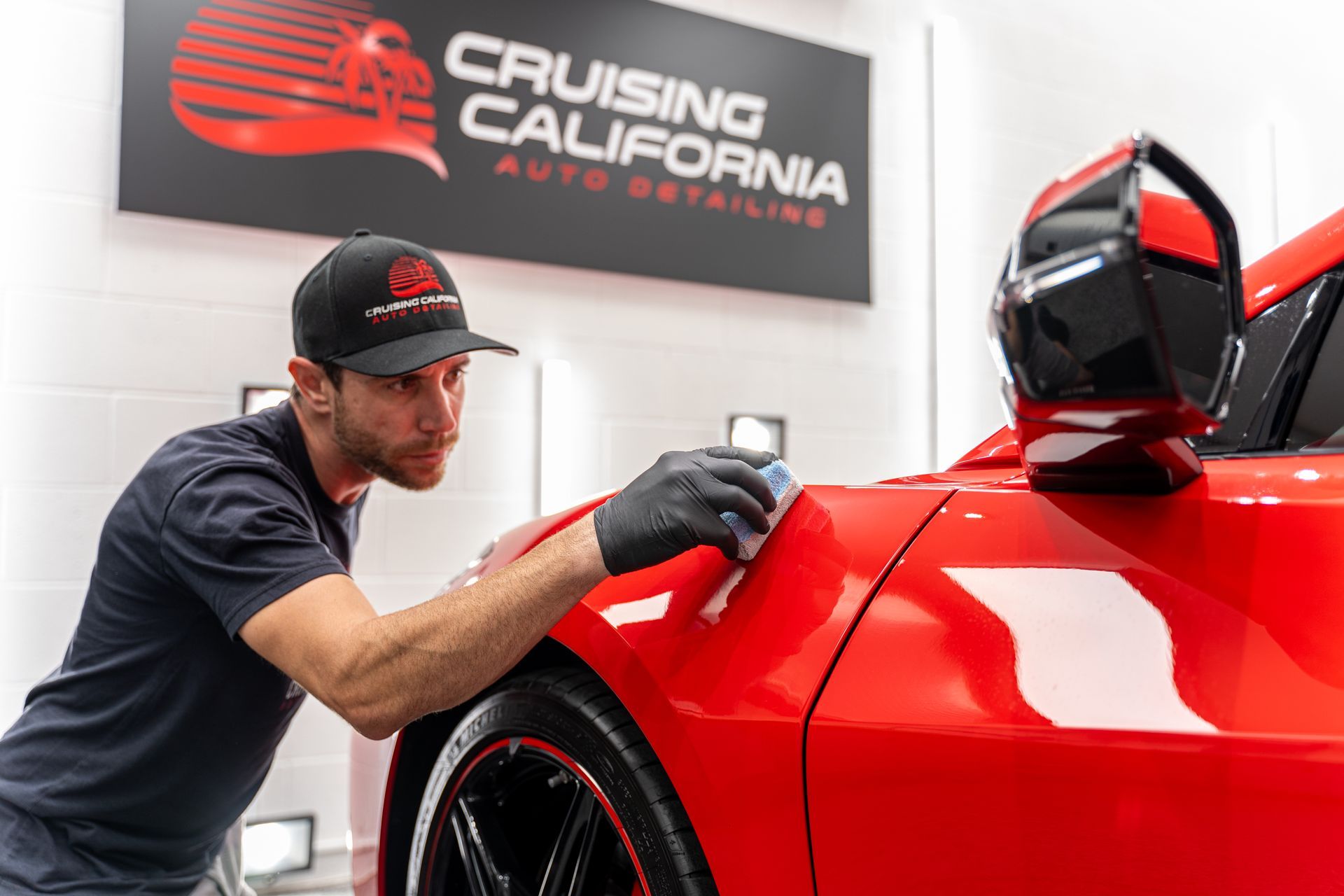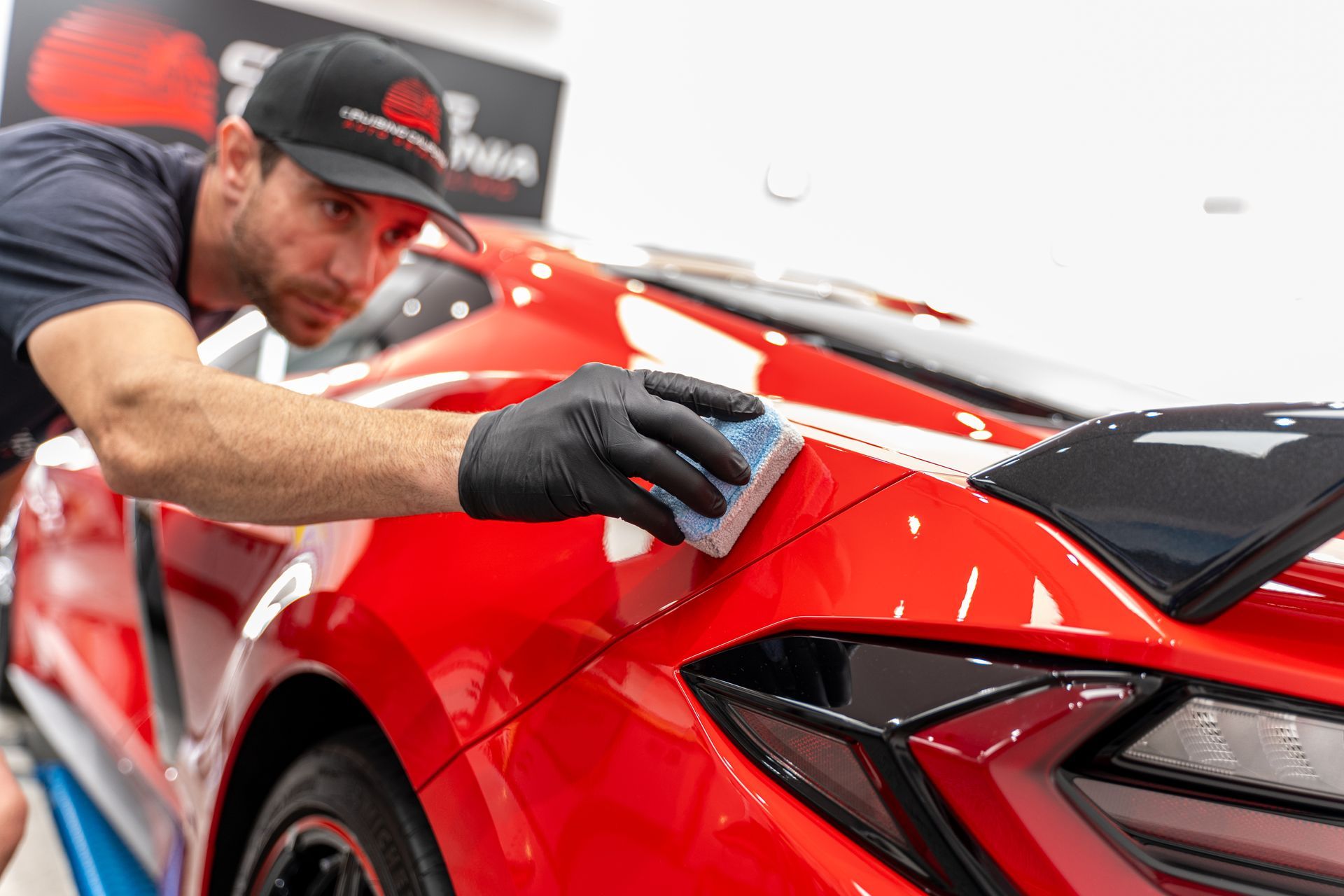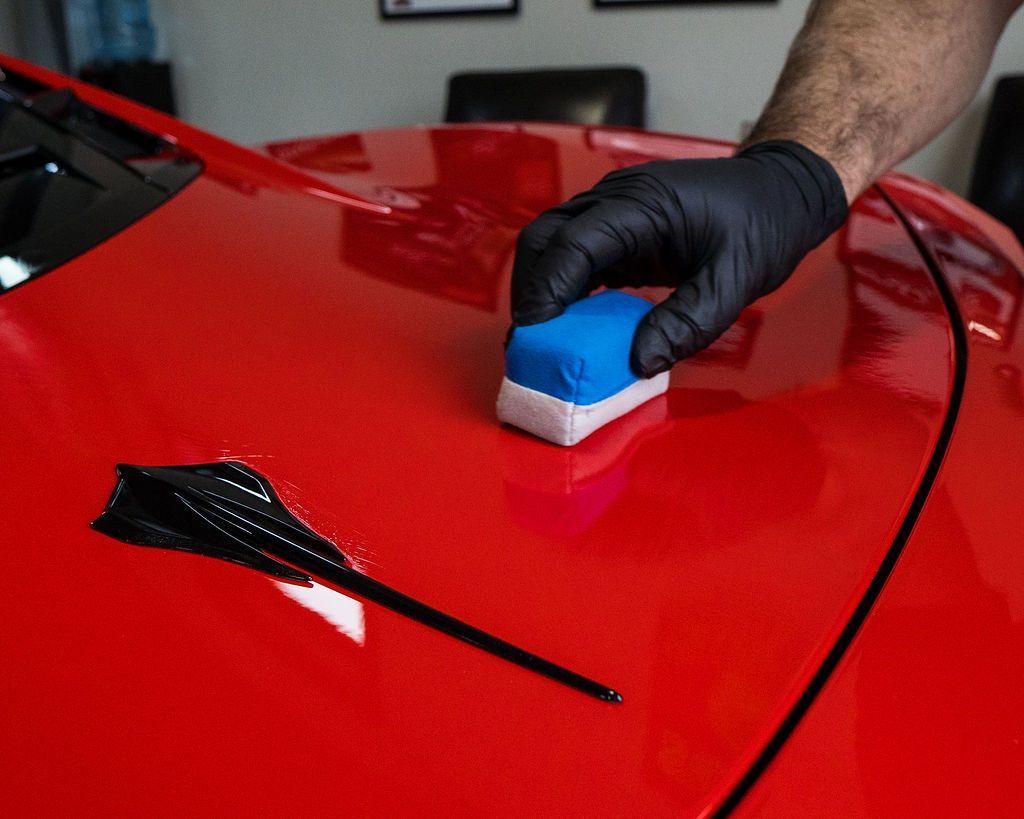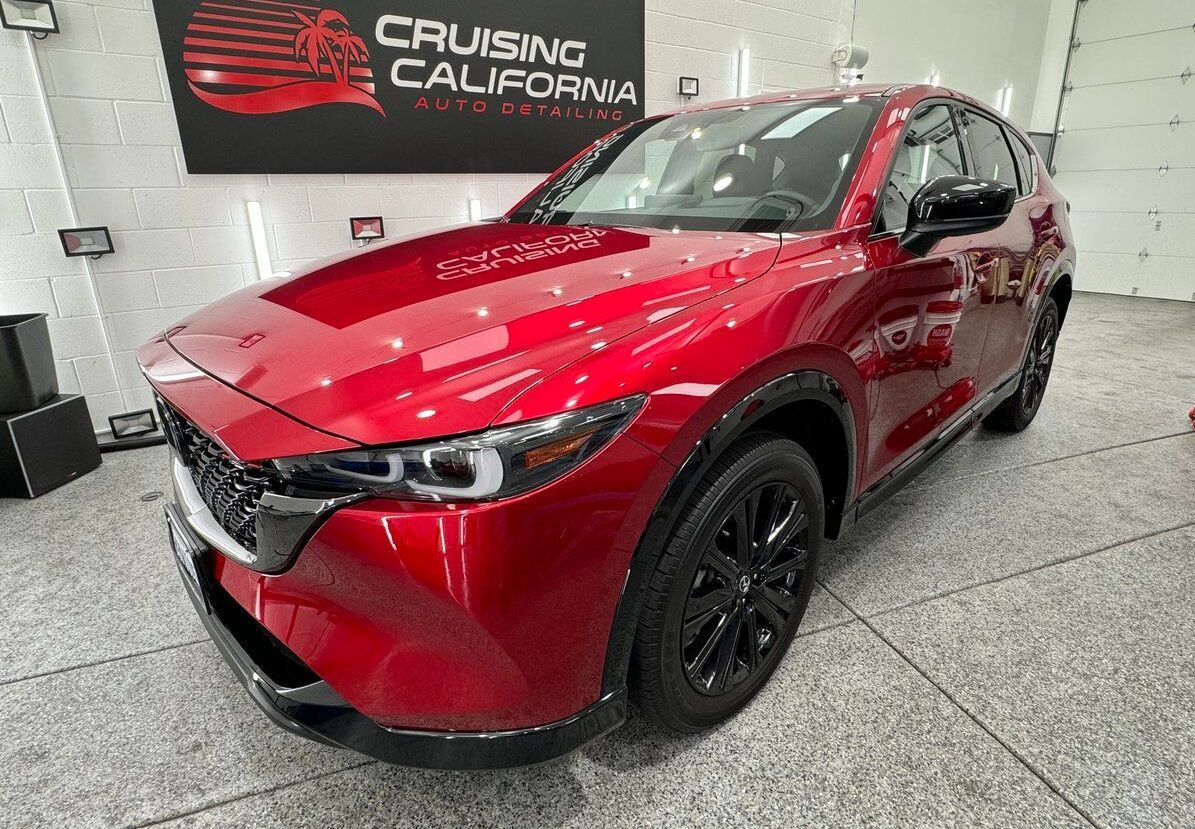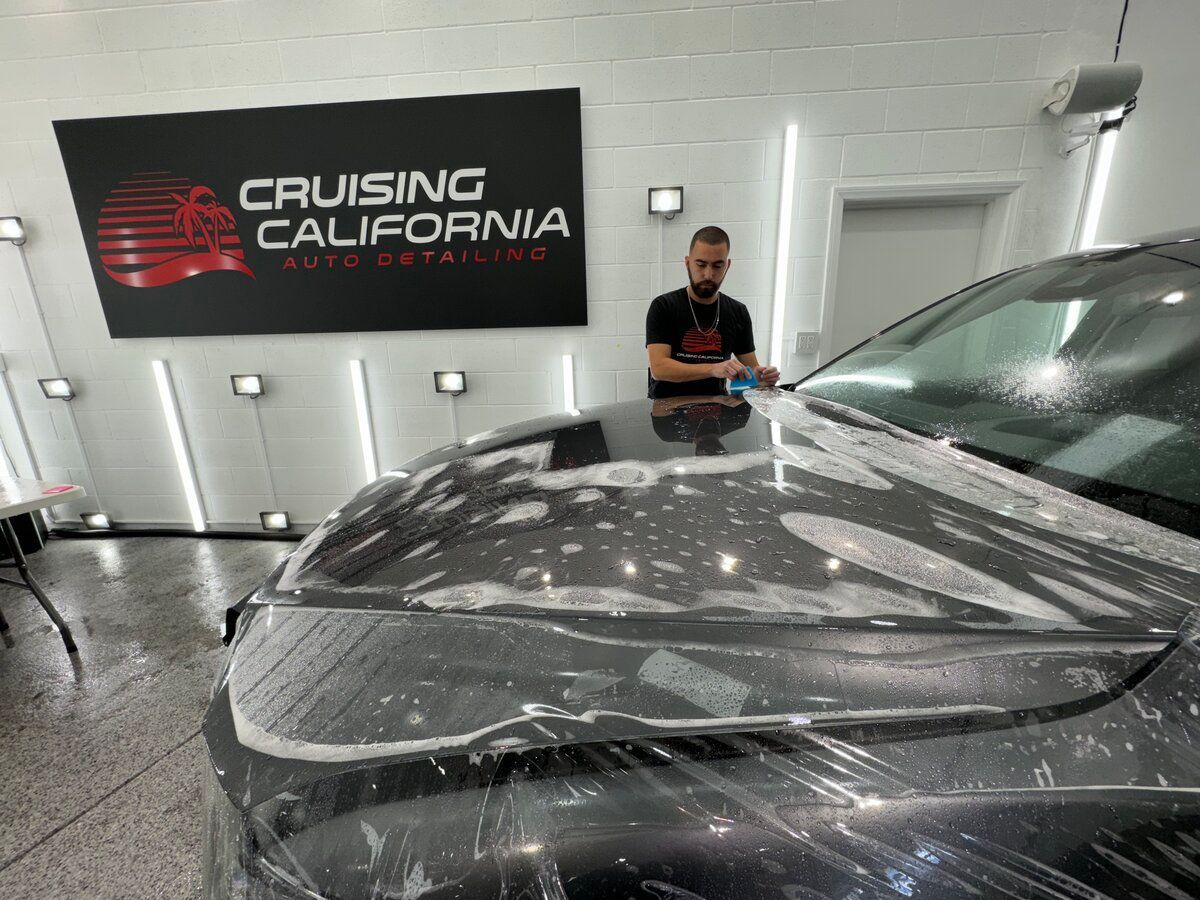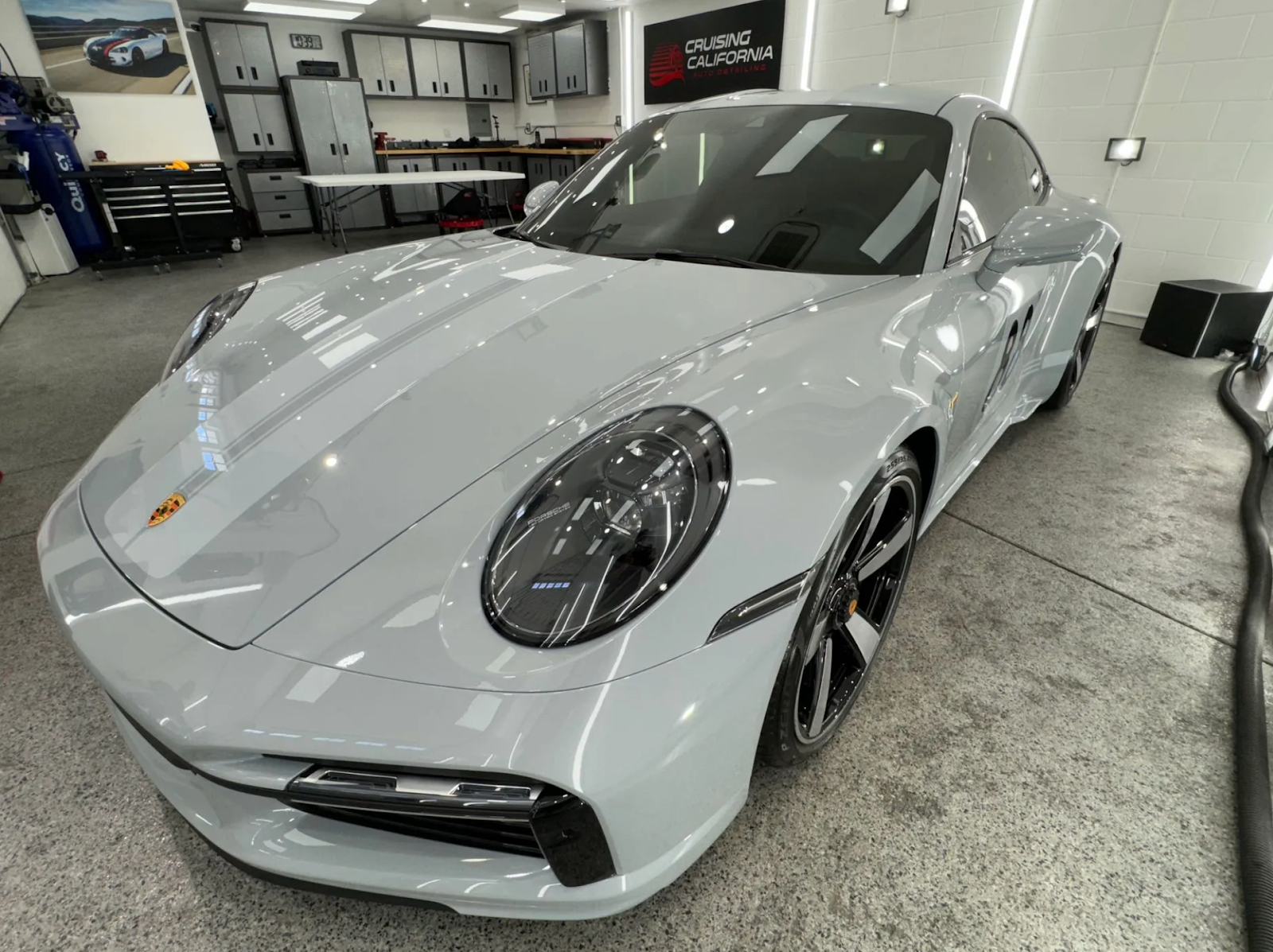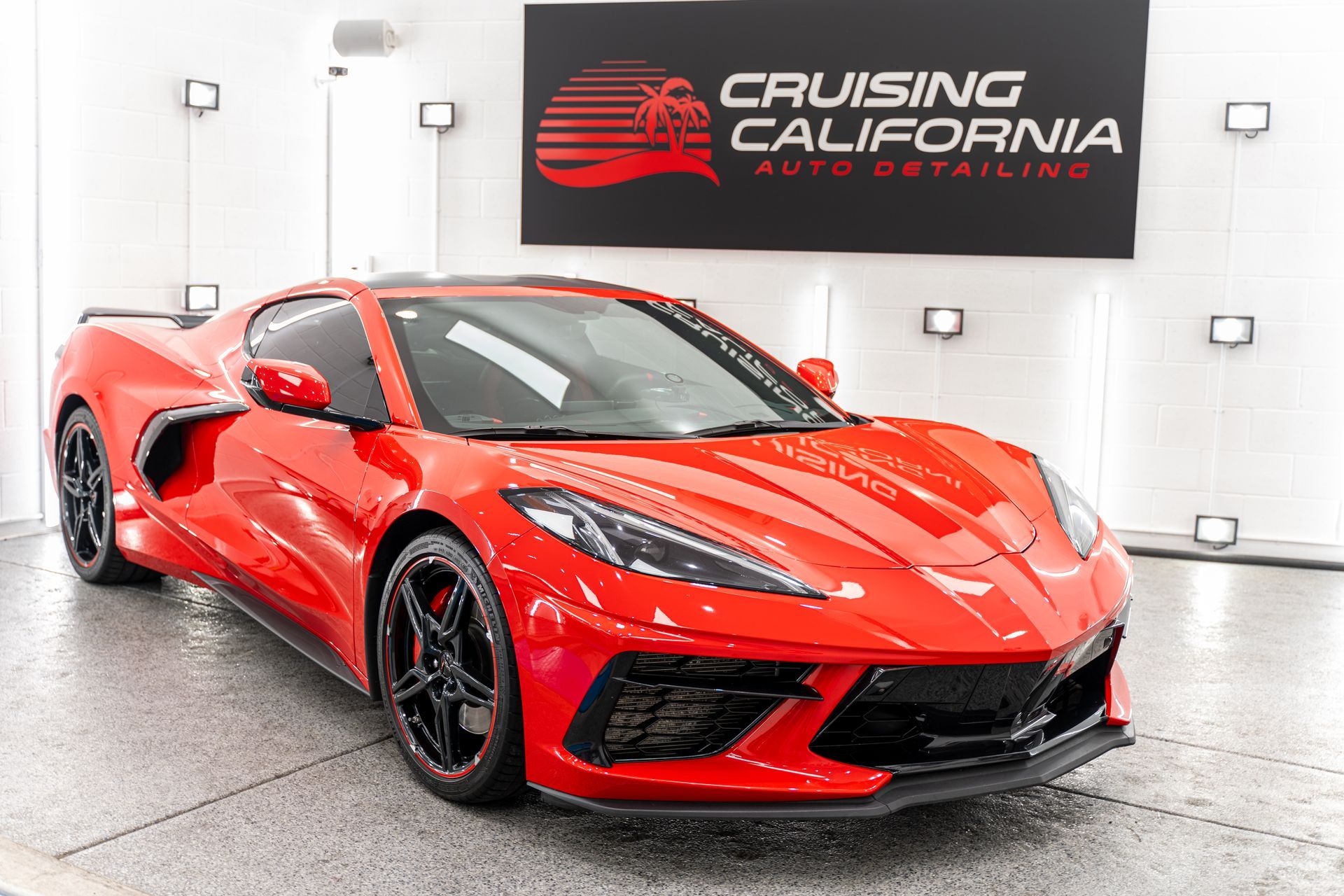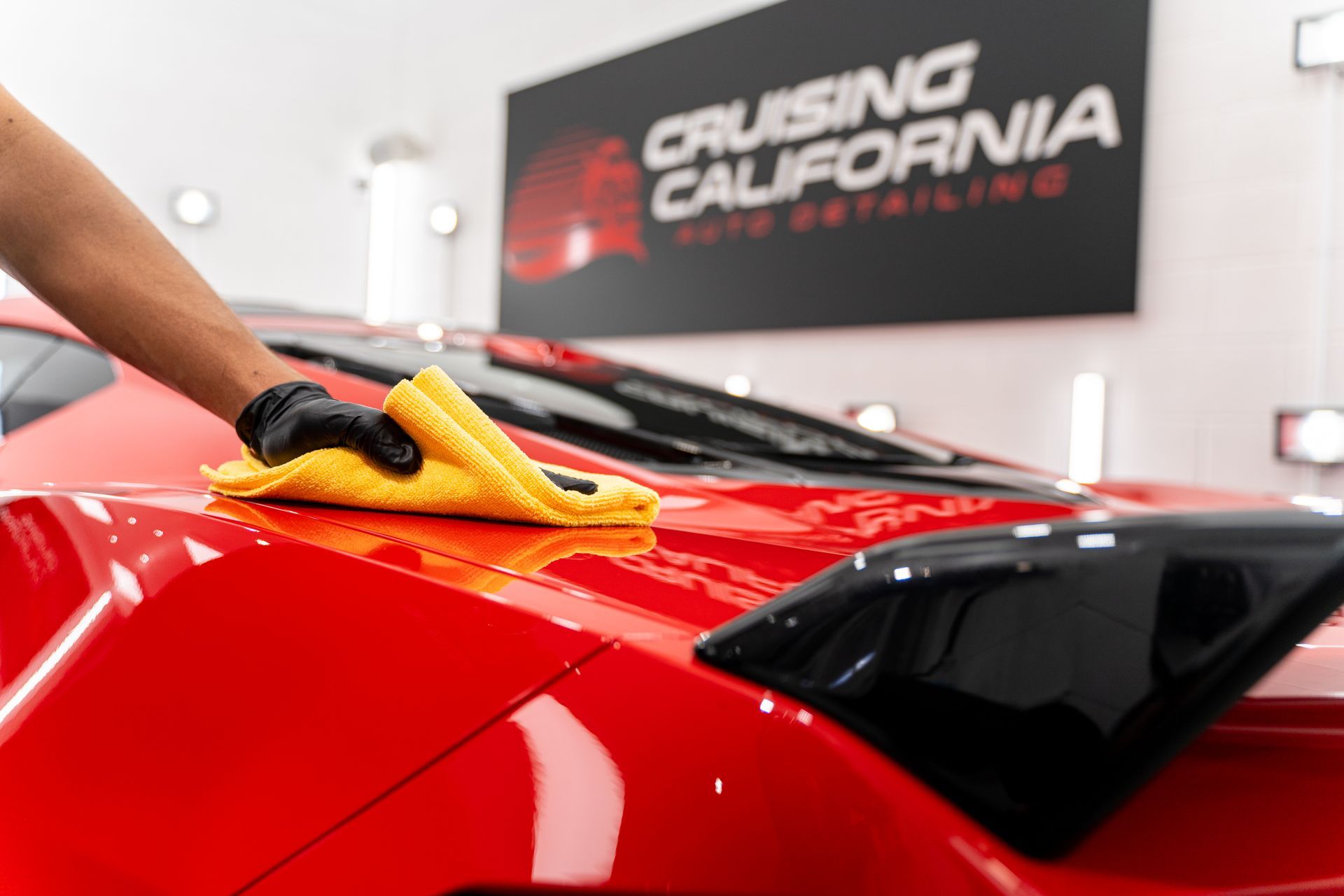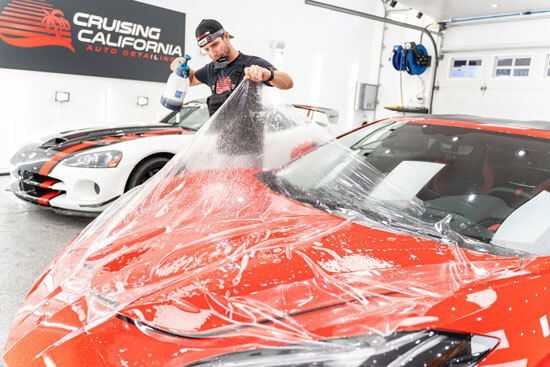Understanding Ceramic Coatings: Durability, Longevity, and Benefits Explained
Ceramic coatings serve as a protective skin for vehicles. Applied over your car's body like liquid armor, they guard against harmful elements such as UV rays and chemical stains. Surprisingly, these coatings have hydrophobic properties, which means they repel water and dirt, making them easier to clean. This doesn't just make your vehicle look new, but it could also mean fewer trips to the car wash. A deeper dive into this topic follows.
Ceramic coatings for vehicles can last anywhere from 2 to 5 years, or even longer, depending on the quality and type of coating, the method of application, and proper maintenance. Factors such as environmental impact and usage conditions also play a significant role in determining the longevity of a ceramic coating. A high-quality ceramic coating applied by a professional using cutting-edge technology can offer an extended lifespan of up to 5 years with proper care and maintenance.
Ceramic Coating: An Overview
Imagine a shield enveloping your vehicle, capable of withstanding environmental elements, UV rays, and chemical stains. That's precisely what a ceramic coating does. It's like a superpower for your car's exterior, providing a protective layer that repels water, dirt, and grime. This hydrophobic surface makes cleaning your vehicle much easier and less frequent. The magic behind ceramic coatings lies in their application. These liquid polymer solutions are meticulously applied to the exterior surface of the vehicle, forming a bond with the factory paint. This creates a protective layer that is significantly more durable than wax and sealants.
And here's where it gets impressive. A quality ceramic coating can last up to 5 years, providing enduring
resistance against environmental elements, chemical stains, and UV damage. To put it simply, ceramic coatings offer unrivaled protection for your vehicle's exterior. Think of it as a forcefield against dirt, dust, and everything else that the environment throws at your car. It's essential to note, though, that the longevity of a ceramic coating depends on several factors: the type and quality of the coating, whether it was professionally or DIY-applied, regular maintenance and care, environmental impact, and usage frequency and conditions all play significant roles in determining how long the coating will last.
Unveiling the Benefits of Ceramic Coating
The most intriguing aspect of ceramic coatings is their ability to offer unparalleled protection for your vehicle's paintwork. Unlike traditional car waxes that provide only a temporary shield, ceramic coatings form a durable layer that shields your car's paint from harmful elements like oxidation, UV damage, and chemical stains. This means that your vehicle stays looking vibrant and fresh for a longer period of time. It's like having a shield around your car, keeping it safe from the harsh external environment.
Long-lasting Shine
The durable glossy finish that ceramic coatings offer is another outstanding benefit. Imagine driving a car that continually looks as good as new, with a glossy shine that never seems to fade. Ceramic coatings contribute significantly to the aesthetic appeal of your vehicle, offering a level of sheen and brilliance that truly elevates its appearance.
Reduced Maintenance
One of the most practical advantages of ceramic coatings is their hydrophobic properties, which make cleaning and maintenance significantly easier. The water-repelling nature of these coatings means that dirt and grime are less likely to adhere to the surface of your car. As a result, you'll find that the frequency of car washing is markedly reduced, saving you time, effort, and resources in the long run. This reduced maintenance not only simplifies your regular car care routine but also ensures that your vehicle retains its polished look for an extended period of time.
So, it's not just about protecting your car; ceramic coatings also ensure that your vehicle always looks fantastic without requiring extensive effort on your part. Ceramic coatings offer an impressive array of benefits, safeguarding your vehicle while maintaining its aesthetic appeal effortlessly. These advantages extend beyond mere appearance, contributing to both functionality and convenience in vehicle maintenance and care.
Assessing Durability Factors
When evaluating the durability of ceramic coatings, there are several key factors to consider. These coatings are designed to provide long-term protection for your vehicle's paintwork, and understanding the components that contribute to their endurance is crucial for informed decision-making.
One of the most appealing aspects of ceramic coatings is their ability to withstand environmental stressors. From sweltering hot summers to freezing winters, these coatings offer robust resistance against extreme temperatures. This feature is particularly valuable as it prevents the paintwork from deteriorating due to temperature-induced expansion and contraction. Additionally, their resilience to UV exposure shields the vehicle's exterior from sun damage and fading over time. Quality ceramic coatings also act as a barrier against harmful elements present in acid rain, ensuring that your vehicle's finish remains unscathed even in adverse weather conditions.
When discussing durability, it's imperative to address the
longevity of ceramic coatings. The initial coating quality, exact application technique, diligent maintenance, and environmental impact are some of the interrelated factors that affect the lifespan of a ceramic coating. The initial coating quality, exact application technique, diligent maintenance, and environmental impact are some of the interrelated factors that affect the lifespan of a ceramic coating. Similarly, regular upkeep and scheduled maintenance significantly contribute to preserving the coating's efficacy over time. By thoroughly examining these durability factors, we gain a comprehensive understanding of how ceramic coatings provide sustained protection for vehicle paintwork.
Peering into Longevity
The longevity of a ceramic coating is a crucial consideration for vehicle owners. A quality ceramic coating can provide long-lasting protection against environmental elements, chemical stains, and UV damage, lasting up to 5 years. Factors affecting the longevity of a ceramic coating include the quality and type of coating, professional vs. DIY application, regular maintenance and care, environmental impact, and usage frequency and conditions. It is important to keep in mind that a ceramic coating's quality and formulation have a big impact on how long it lasts, but application technique is also crucial. Professional application, ensuring meticulous coverage and layering, can enhance the overall longevity of the coating.
Routine maintenance and care play an indispensable role in preserving the integrity of the ceramic coating over time. Regular cleaning using pH-neutral shampoos not only safeguards the hydrophobic properties of the coating but also prevents any contaminants from compromising its effectiveness. Using products specifically designed for ceramic coatings enhances their protective attributes while sustaining their sleek appearance. Annual inspections by professionals can identify any areas in need of maintenance or touch-ups, ensuring that your ceramic coating remains in optimal condition throughout its lifespan. Signs such as decreased hydrophobic properties, visible wear and tear on the coating, and difficulty in cleaning indicate that the coating may require attention.
By understanding the facets contributing to the longevity of ceramic coatings and recognizing the significance of diligent upkeep, car owners can make informed decisions about enhancing the durability and performance of their vehicle's protective coating.
Balancing Cost against Value
When it comes to ceramic coatings for your car, concern often arises about the cost. While they generally have a higher upfront cost compared to traditional waxes, it's essential to look beyond just the initial price tag and consider the long-term benefits and cost-effectiveness that come with ceramic coatings.
- Cost Analysis: Ceramic coatings do have a higher initial price compared to traditional waxing treatments, which may seem daunting at first. However, it's important to remember that ceramic coatings offer long-term value in terms of protection and longevity. By opting for a ceramic coating, you're essentially making an investment in the long-term health and appearance of your vehicle. Unlike traditional waxes that need reapplication every few weeks or months, a ceramic coating can last anywhere from 2 to 5 years with proper maintenance. So, while the upfront cost may be higher, the protection and durability offered by a ceramic coating provide long-term cost savings and benefits, ultimately proving its value over time.
- Comparative Analysis: Regular wax treatments may seem more affordable at first glance, and they do provide a temporary layer of protection and shine for your vehicle. However, these benefits are short-lived, as wax treatments typically need to be reapplied every few weeks or months. On the other hand, a properly applied ceramic coating offers superior and long-lasting protection against UV rays, chemicals, and environmental contaminants. This means less frequent reapplication and maintenance, resulting in fewer expenses over time.
In essence, while the initial expense of a ceramic coating may give some sticker shock when compared to traditional waxes, their durability and long-term protective properties justify their higher cost in the larger scope of things.
Choosing the Right Ceramic Coating for You
Choosing the right ceramic coating is crucial; it's like finding the perfect sunscreen for your car. Just as you would consider your skin type and sun exposure, you'll need to consider factors such as the climate in your area, how often you use your car, and how much time and effort you're willing to put into maintenance.
Professional application provides a more thorough and precise coating, which often translates to better longevity. If you're a meticulous person who values high precision and wants to ensure the longest possible life for your ceramic coating, visiting a professional may be the right choice for you. They have specialized tools and expertise that enable a more uniform application and higher durability. However, this option typically comes at a higher cost. On the other hand, if you're confident in your abilities and enjoy taking on projects yourself, there are plenty of quality DIY ceramic coating kits available that offer good results when applied correctly.
Before deciding whether to go with a professional or DIY application, consider your confidence level, patience, precision, space, and the tools available. For instance, a professional application might be more beneficial for complex vehicles with intricate designs or for individuals who don't have much experience applying coatings themselves. Additionally, there are numerous ceramic coating products on the market, each with its own specific benefits and longevity. Before making a decision, consider these options carefully. Different coatings offer different levels of protection and ease of application. It's important to assess the specific benefits of each product in relation to your vehicle's usage and storage conditions.
By comparing various products using detailed attributes like longevity, UV protection level, chemical resistance, and ease of application, you can determine which one aligns best with your specific needs.
Top-Notch Ceramic Coating Services in El Cajon, CA
Ready to give your vehicle the ultimate protection and shine? Look towards CCA Detailing & Ceramic Coating | PPF in El Cajon, CA. With our
top-notch ceramic coating services, your car's paint will be shielded from the elements, maintaining its pristine finish for years to come. Say goodbye to worrying about UV damage or contaminants, and hello to a showroom-worthy shine that lasts. Trust in our expertise and quality craftsmanship to keep your vehicle looking its best. Schedule your appointment today and experience the difference for yourself! Call us at
(619) 916-6157!

